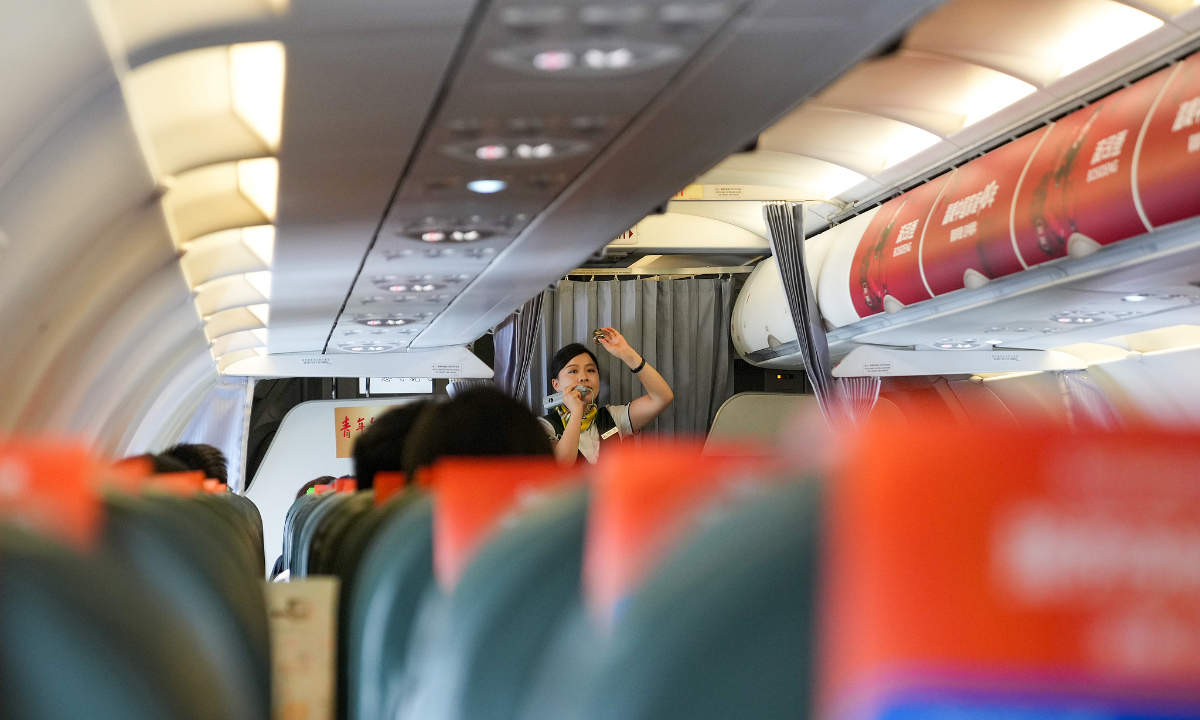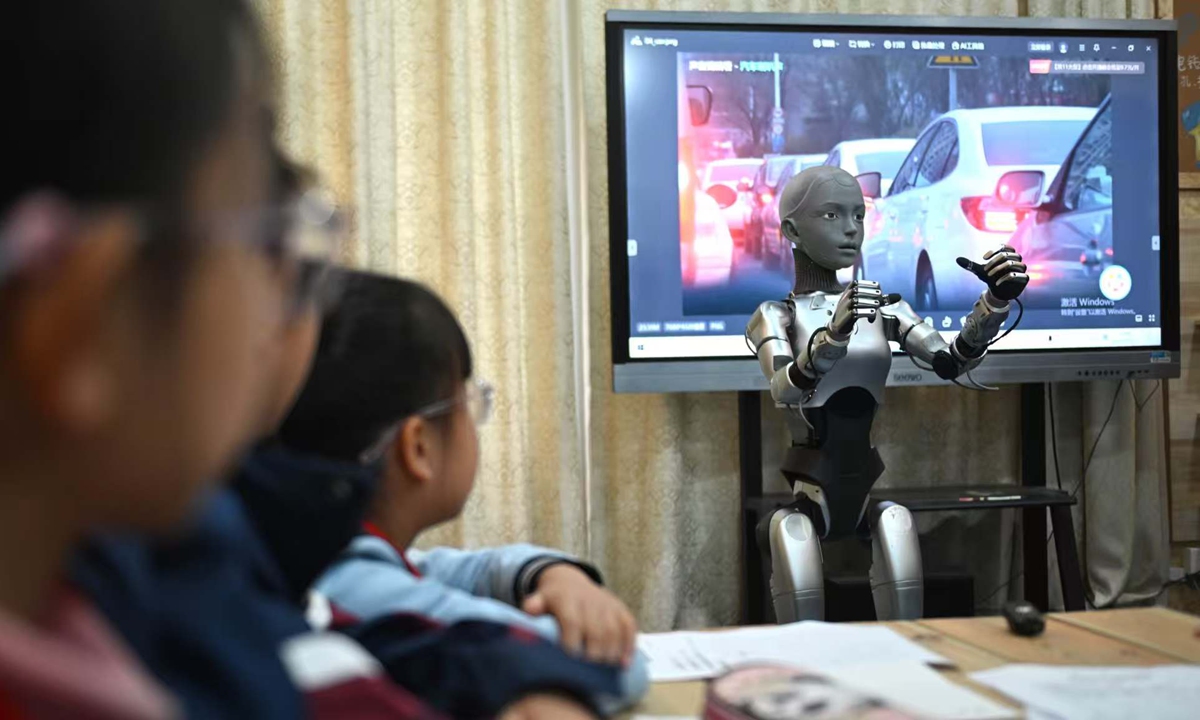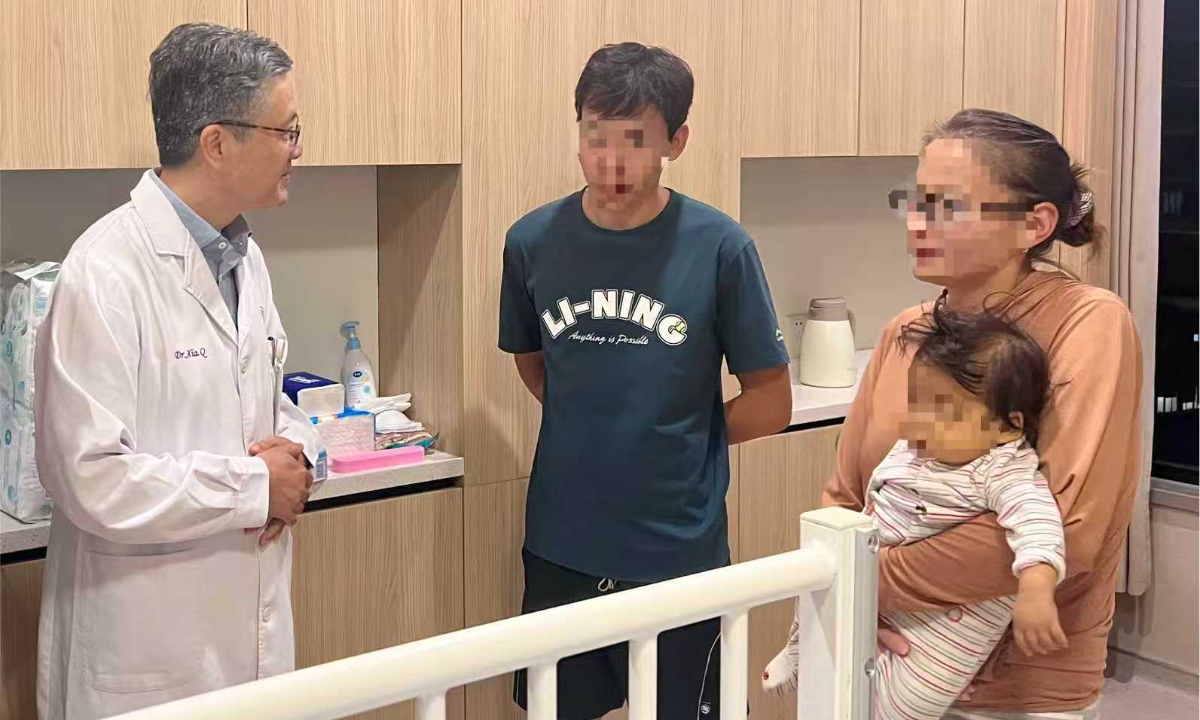A humanoid robot has delivered a trial lecture at a science class at a primary school in Hefei, East China’s Anhui Province, marking a key milestone in bringing a locally developed AI education application developed by a local enterprise from the laboratory to the classroom, according to the official WeChat account of the Hefei city government on Tuesday.
On Monday, the science class at the Primary School Affiliated to Hefei Normal School was about “Designing our instruments,” and was delivered by “Xiao An,” a 1.4-meter-tall humanoid robot serving as a teaching assistant. In seamless cooperation with the teacher at the class, it helped lead the children in exploring the mysteries of sound.
The humanoid robot possesses the guiding ability of a professional science teacher and can gradually inspire students to engage in deeper learning, Hu Xingyong, a science teacher at the Primary School Affiliated to Hefei Normal School, who assisted the class with “Xiao An,” told the Global Times on Tuesday.
A novel feature of the robot is its ability to emotionally engage with students and coordinate gestures and movements, Hu said.
When the humanoid robot is brought into the classroom, students immediately become interested. For example, in a lesson where we design small musical instruments, the humanoid robot mimics the sounds and motions of various instruments before class. The students got curious and were encouraged to guess what kind of instrument it is and what its characteristics are, and their creative interest was sparked, the teacher Hu said.
When the robot receives a student’s question it can provide reflective, thought-provoking responses, Hu said.
This science-education robot, “Xiao An”, is the world’s first of its kind to enter classroom scenario in this way and it was given a persona to be guiding, Hu Likang, deputy general manager of Hefei-based AnyWit Robotics, the producer of the humanoid robot, told the Global Times on Tuesday.
“The Monday class is the first public trial involving teachers and students,” Hu Likang said. “In the future, we will continue to improve the robot teacher’s stability and expand its functions, and we are also considering extending it to other academic subjects.”








